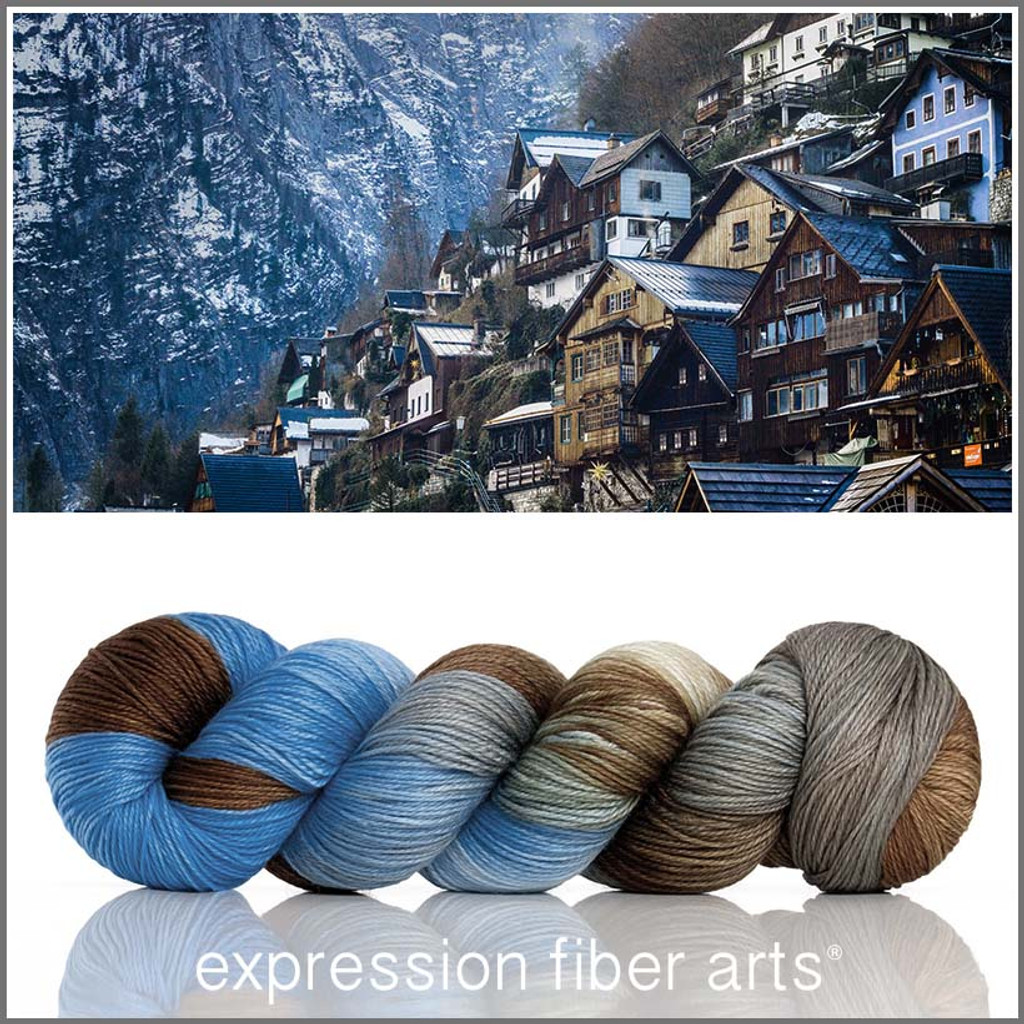
It is mid July and this field is ready to be harvested. It will be baled and used to feed beef cattle this winter..
Summer! A time when life on the farm is very hectic. Various crops have already come and gone, especially in the orchard community. However, the next two to three months remain very, very hectic for most. A few days ago, Strat and I walked along the edge of the field. We had noticed that the cows were suddenly nowhere to be seen. Funny, we saw them just last week in the meadow. The next day one of the fences was taken down in a most peculiar manner. One of the neighbors made mention that the cows were out and about the night before; out and about as in where they shouldn’t be. I suppose one day I should write about BLM lands and free ranging. These cows pretty much go wherever they want. Regardless though, the cows are gone, moved to “greener pasture” and probably a better water source. Yes, it has been pretty dry around here.
Back to our walk, though. We spotted some farm equipment in the field, so we knew there was going to be some activity. Now that I think about it, the farmer and his swather made the first cut that day. What is a swather, you ask? Think about it as sort of being like a large lawn mower. The swather cuts the hay and leaves rows, known as windrows. The windrows can lay in the field for some time to dry out before they are picked up and put into bales.
Once the hay is cut, the side delivery rake comes thru and combines two windrows into one. The field is now set up for the balers to come thru and compress the hay into compact cylindrical bales (aka: round bale). A round bale can weigh as much as a ton depending on the material baled and the moisture level. A round bale is usually 48″ to 72″ in diameter and 60″ wide. Typically, the larger cattle operations use round bales to feed the cattle during conditions where grazing is no longer viable, for instance, winter.
The process of harvesting the hay is quite interesting. But it makes one stop and think about what are all of the costs associated to baling hay. For the harvesting operation, I saw two balers, a swather and a side directional rake. As you saw, the baler was pulled by a tractor. All of these mechanized processes have operating costs of labor, fuel, maintenance and repairs. What you read here is just the process of harvesting. What about planting? The planting process includes a pass on the field at least twice, sometimes thrice. The first pass is going to be discing, most of us commonly know this process as plowing the field. The farmer may or may not decide to fertilizer; that is all going to depend on the condition of the soil. Finally, he will drill or plant the field. Again, more operating costs. It makes one wonder how, exactly, does a farmer or a rancher ever get ahead? And yet, without the people who toil in the soil, there wouldn’t be life. Something to think about.
Until next time,
Angel








